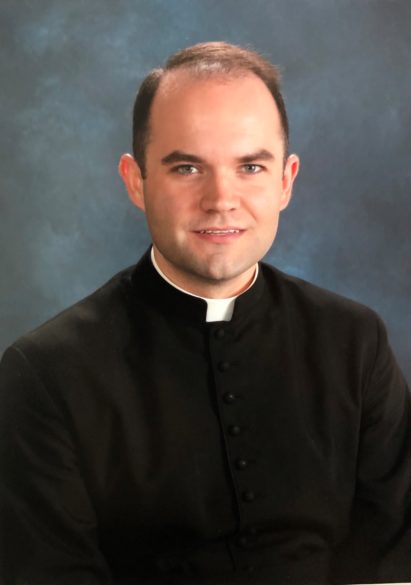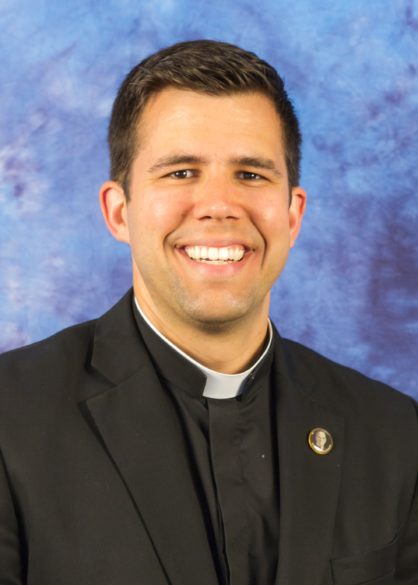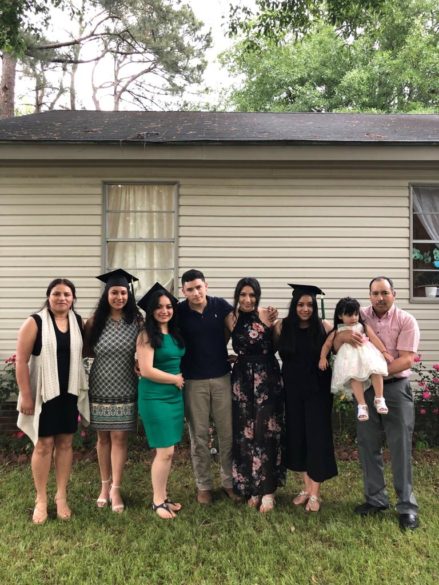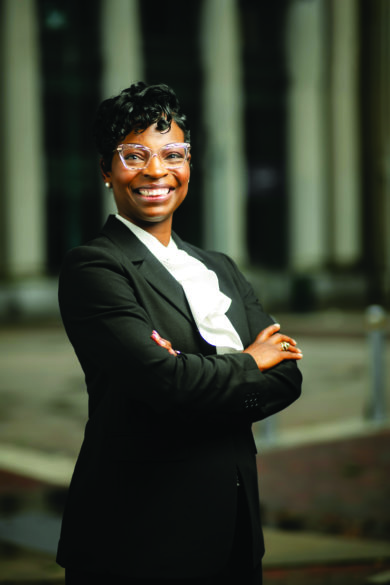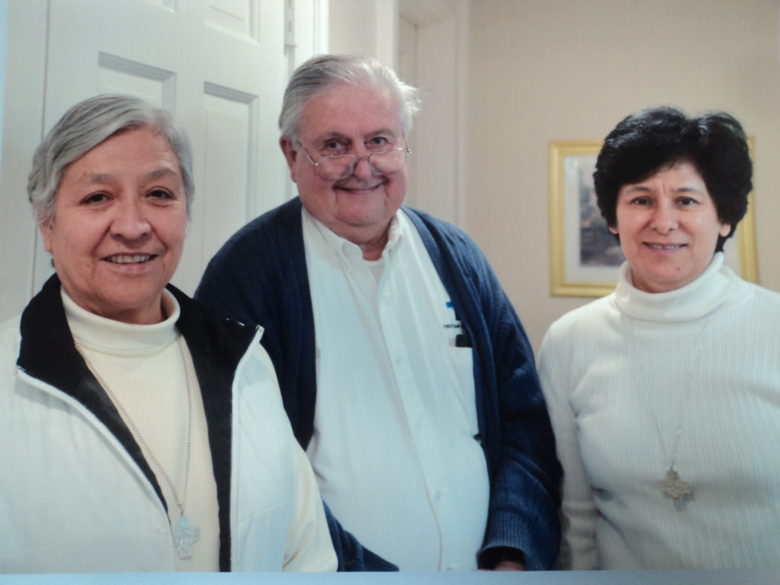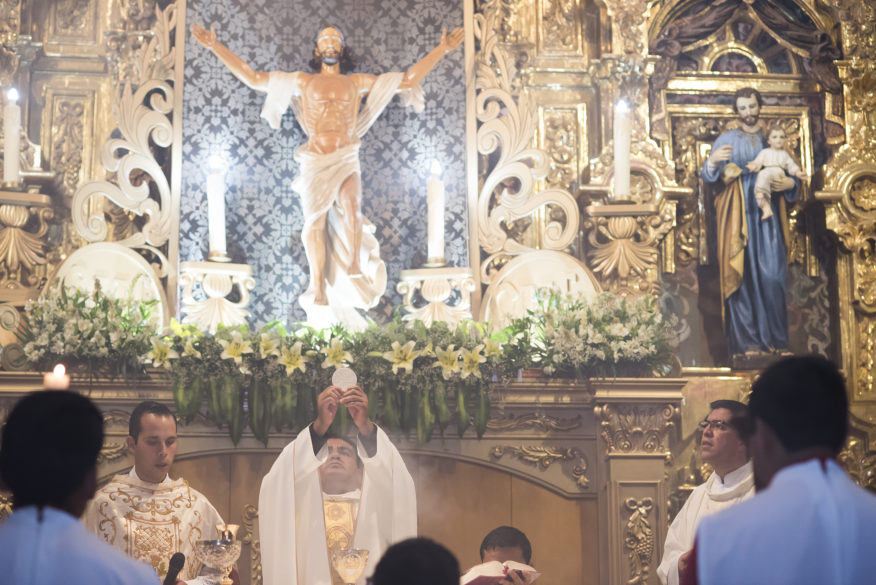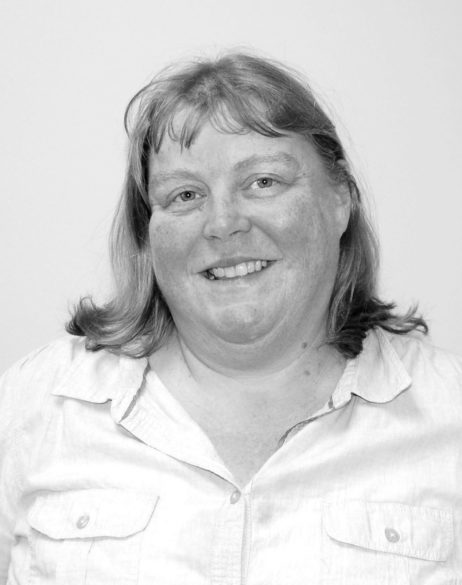
Kneading Faith
By Fran Lavelle
I remember a Civil Engineer I once worked with had a large plaque on the wall that read, “Proper preparation prevents poor performance.” Over the years I have come to truly appreciate this little alliterative statement.
In the past several years, we have heard a lot about intentional discipleship. Part of being an intentional disciple is being well formed in the faith. Good formation requires proper preparation. I firmly believe we cannot give what we do not have. If we do not equip our formational leaders with the tools and knowledge to best prepare them for ministry, we can expect poor results. We have an obligation to be well prepared for our religious education classes, youth ministry gatherings, RCIA sessions, adult faith formation classes, and all other outlets where intentional disciples are formed.
The Department of Faith Formation offers an opportunity for people in ministry, lay and ordained, to come together for a day to share best practices, find inspiration, participate in faith sharing before we begin another year of faith formation in our parishes and Catholic schools.
This year, Fall Faith Formation Day will be held on Saturday, August 3 at Madison St. Francis Parish. The theme is “Christ is Alive.” We will look at ways that Christ is Alive in our teaching, accompanying, and living the Gospel. Workshop sessions will be offered on scripture, RCIA, youth ministry, Confirmation preparation, religious education, intercultural ministry, and adult faith formation. Everyone is invited to attend.
I mentioned in my column last month Pope Francis’ Papal Apostolic Exhortation to the young people of the world, Christus Vivit. Chancery staff from the Office of Catholic Education, the Office of Youth Ministry and I have been meeting with Bishop Joseph Kopacz to process and “unpack” the wisdom of the Pope’s timely and important work. It has been a beneficial exercise to share, not only the insights we have gained, but identifying the opportunities we have in ministering to God’s young people.
It became quite clear after our last gathering of chancery staff that Christus Vivit needed to be featured at our Fall Faith Formation this year. Bishop Kopacz will offer our morning session gleaning from the wisdom of Christus Vivit. Abbey Schuhmann, Coordinator for the Office of Youth Ministry and I will present the closing session with practical wisdom that we have gained from our study of the document.
In addition to the morning and afternoon plenary sessions we will offer breakout topical sessions before and after lunch.
The pope opens the Christus Vivit with the words, “Christ is alive!” It is the living Christ that we seek in living out the Gospel. It is the Living Christ, who is Our Mission.
For more information, contact me at fran.lavelle@jacksondiocese.org. Registration materials will be sent out to parish and school leaders soon. The cost is $10 per person. Lunch is provided.
(Fran Lavelle is the director of the Department of Faith Formation for the Diocese of Jackson.)


